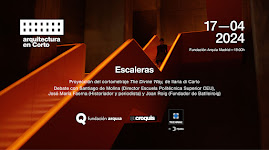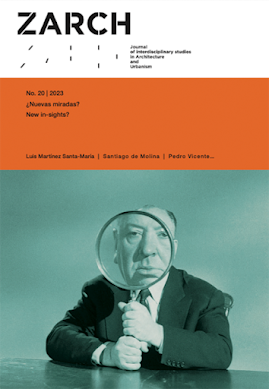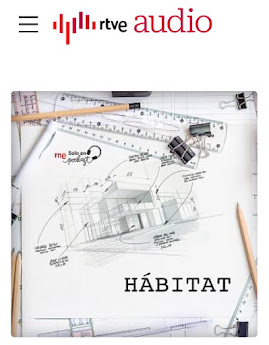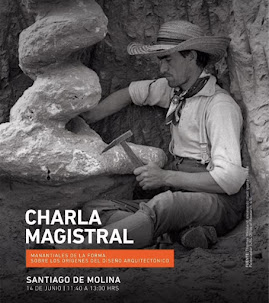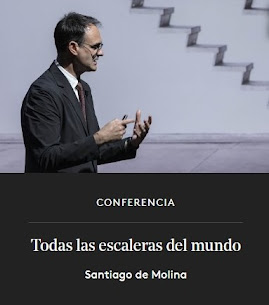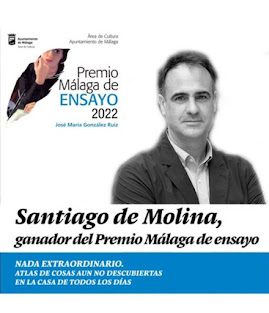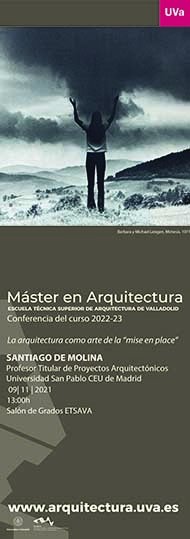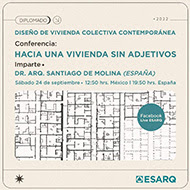Podría decirse que esa falta de atención hacia las gradas es debido a que se trata de algo más bien rupestre y primitivo, pero no puede despreciarse el hecho de que no caducan. Que acompañan al hombre y a la civilización desde su inicio.
La grada agrada. En sus peldaños se arremolinan las multitudes para contemplar el discurso, el baile, el balón y sus atletas, la representación teatral y la muerte del gladiador. El toro y el discurso parlamentario se atienden gracias a la sutil inclinación de esos peldaños que son a la vez asientos. El graderío es, pues, el espacio cívico por excelencia. El graderío soporta el parlamento y el cadalso. Nos recuerda que somos seres sociales, visuales y auditivos. En ningún otro lugar como en el graderío somos individuos de la especie humana y masa a la vez. El graderío sustenta la democracia tanto más que las constituciones. Sin el acto de escucha al otro, sin el espacio para juntarse en torno a un punto de atención compartido, difícilmente seríamos seres en comunidad. Por mucho que allí no siempre se dé lo mejor del ser humano, las gradas son el invisible tótem de lo social.
It could be said that this lack of attention towards the stands is due to the fact that it is something rather primitive and primitive, but the fact that they do not expire cannot be disregarded. They accompany man and civilization from its beginning.
The stand pleases. On its steps, crowds gather to contemplate the speech, the dance, the ball and its athletes, the theatrical representation and the death of the gladiator. The bull and the parliamentary speech are attended thanks to the subtle inclination of those steps that are also seats. The grandstand is, therefore, the civic space par excellence. The grandstand supports the parliament and the scaffold. It reminds us that we are social, visual and auditory beings. Nowhere else like in the grandstand are we individuals of the human species and mass at the same time. The grandstand supports democracy much more than constitutions. Without the act of listening to the other, without the space to gather around a shared point of attention, we would hardly be beings in community. As much as there are not always the best of human being there, the stands are the invisible totem of the social.





















